| Coad | 667385 | Substrate | UVFS | |
| Type | 2000-5000nm Chirped Mirror | Polarization | P | |
| Dimension(mm) | 25.4 x 6.35 | Clear Aperture | - | |
| Diameter | 25.4mm | Surface Quality S1 | - | |
| Thickness | 6.35mm | Surface Quality S2 | - | |
| Wavelength(nm) | 2800 - 3600 | Surface Flatness | - | |
| Central Wavelength | 3200nm | Laser Damage Threshold | 0.2J/cm² @800nm | |
| GDD(fs²) | 500 | Coating Type | Dielectric Coating | |
| AOI(°) | 5 | Coating Specifications | R>99.96%@2800-3600nm |
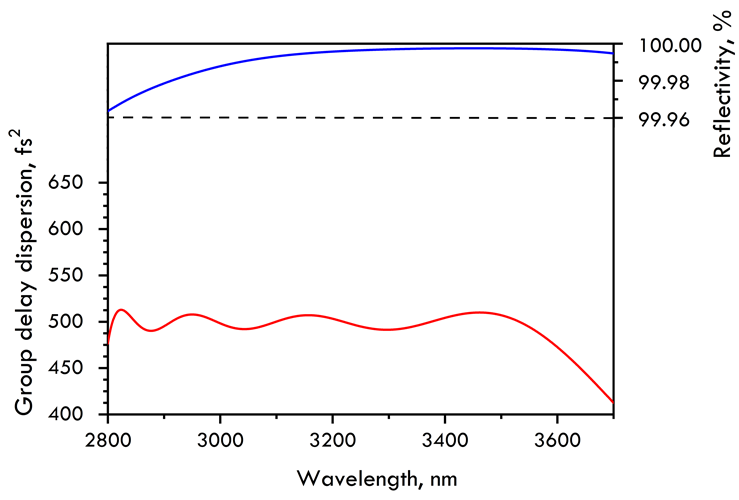
In ultrafast laser systems, the actual pulse width of the laser is often influenced by group delay dispersion (GDD), causing the pulse to be longer than the design expectation, which in turn limits the peak power and time resolution of the system. To achieve shorter pulse durations and higher peak intensities, high-performance dispersion compensation optical elements, such as group delay interferometric (GTI) mirrors, chirped mirrors, and chirped mirror pairs, must be introduced into the laser system. These dispersion mirrors precisely control the phase delay of light waves, effectively compensating for the dispersion introduced by the laser and other optical elements, thereby restoring the original pulse shape and enhancing the overall system performance.
Since dispersion mirrors play a key role in ultrafast lasers, they must have extremely high laser damage thresholds (LIDT) to withstand intense light power, while also requiring excellent spectral properties and tightly controlled group delay dispersion parameters. The design and manufacturing process of these dispersion mirrors needs to ensure high density, precise control of coatings, and stability of the thin films to guarantee long-term reliability and performance stability.
WAVEQUANTA focuses on the ultrafast optics field and is dedicated to the research, development, and production of high-quality GTI mirrors, chirped mirrors, and chirped mirror pairs. Our products not only perform excellently in spectral response, covering a wide working wavelength range, but also possess laser damage thresholds that are at the forefront of the industry, ensuring stable operation even under high power and ultrashort pulse conditions. By precisely controlling the group delay dispersion (GDD), our dispersion mirrors help customers achieve sub-hundred femtosecond or even sub-ten femtosecond pulse compression and control, meeting the demanding requirements of ultrafast laser technology in both fundamental scientific research and industrial applications.
Choosing WAVEQUANTA's dispersion compensation solutions means you will benefit from advanced optical design and top-tier manufacturing process support, ensuring that your ultrafast laser system meets the highest standards in performance, stability, and durability, empowering you to continuously innovate and break through in the field of ultrafast optics.
Note: To ensure optimal performance, it is recommended to store and use the mirrors in an environment with a temperature of 25°C and relative humidity of 40%-60%. If the mirror surface becomes contaminated, gently clean it with 99% pure alcohol and lint-free lens cleaning paper. Avoid using rough cloths, water, or cleaning agents with abrasive particles, as they may damage the coating.
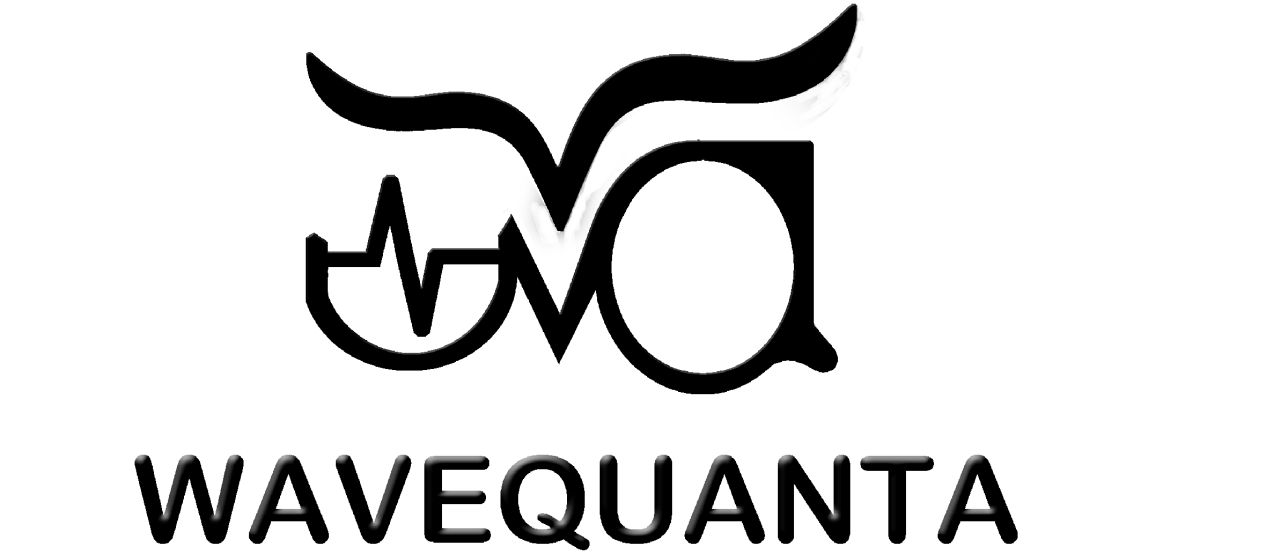




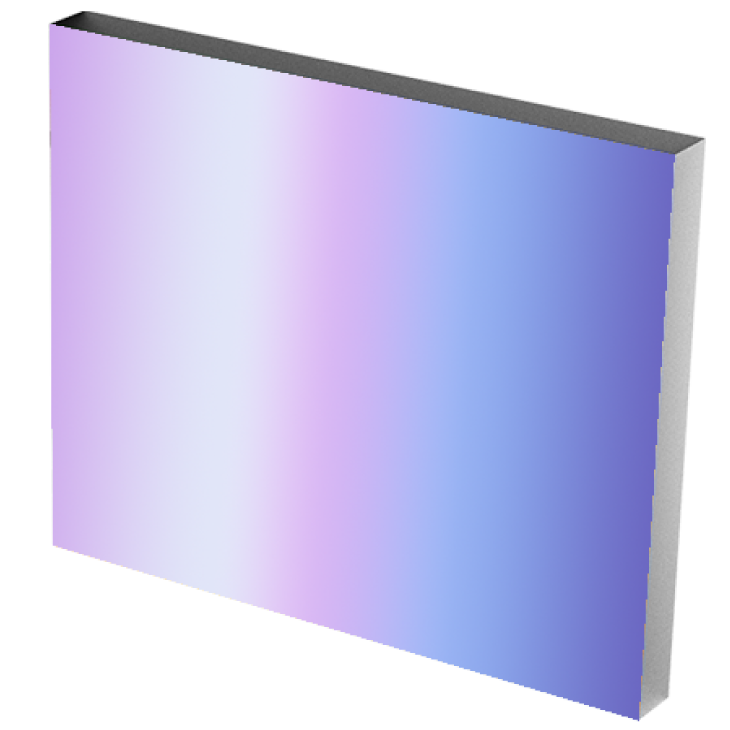



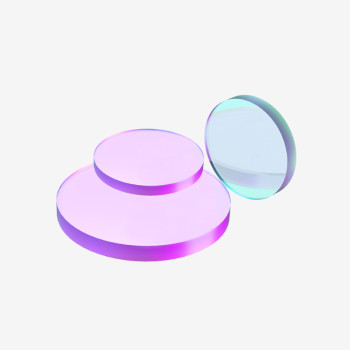


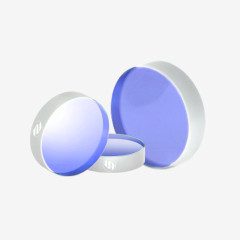
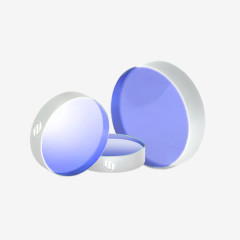
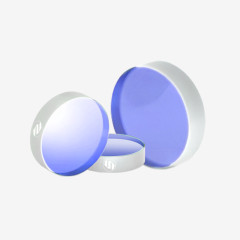
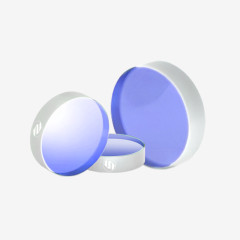

Product evaluation
%High praise
There are comments